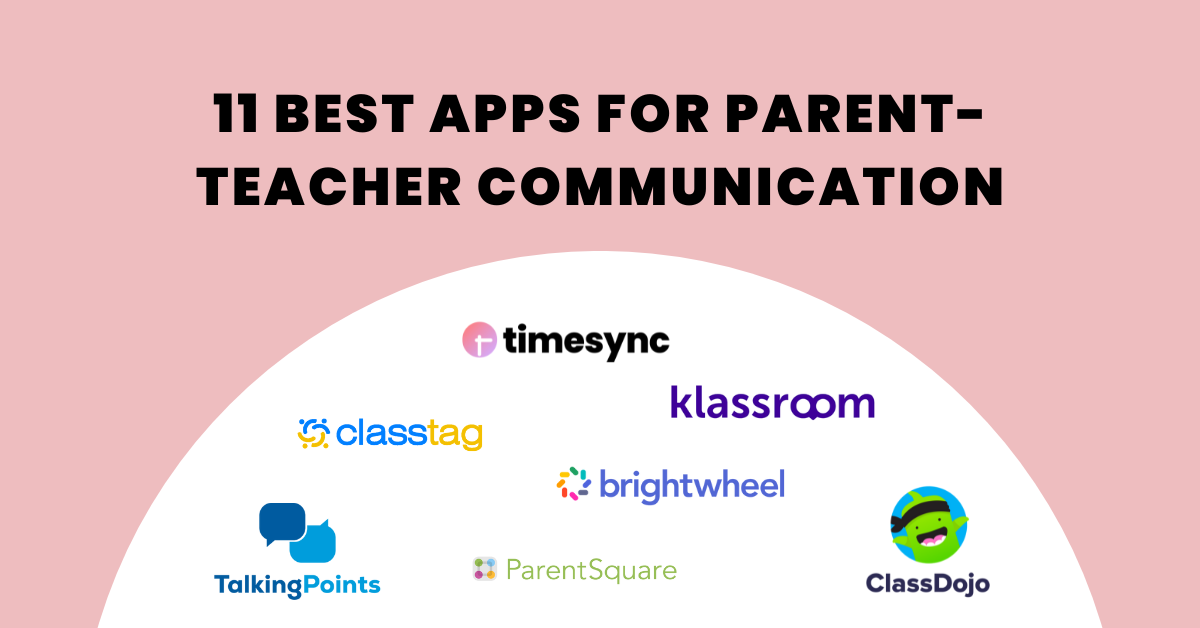




Content Writer
Let’s be real, meetings have always been that one office activity that nobody really enjoyed.
Oftentimes, employees always grumble under their breaths about how ‘that meeting could have been an email’. In fact, 34% of respondents to a survey say that they waste between 2 to 5 hours per week on calls or meetings that don’t accomplish anything. This not only wastes time but greatly reduces productivity at work.
While it’s true some meetings could have been settled over a simple email, some meetings are still necessary.
That said, there how can you remove the stigma that meetings are boring and time-consuming?
If you host tons of meetings, this article is for you! Let’s take a look at 9 tips and tricks that you can use to make your meetings more engaging and interactive.
Ice-breakers have a bad reputation of being extremely awkward and making the meeting more lengthy than it should be.
But when you’re trying to start a meeting with people you’re not familiar with, it can be tough to get things off the ground. That’s why it’s important to incorporate some icebreakers into your meeting to solve this problem.
A funny joke or activity can serve to make everyone feel easy and comfortable.
Here are some ways you can open your meeting with icebreakers:
These questions and activities can help to get the ball rolling, especially when you have new hires. Of course, these are just some of the many non-traditional examples of what you can use to break the ice.
The last thing you would want to do in a meeting is to make the employees feel left out. It is a proven phenomenon that when humans feel included in something bigger than themselves, their attention to detail automatically increases.
But, you also want to make sure that you don’t invite those who don’t need to be there.

To first decide who you should attend the meeting, you should ask yourself:
These questions help you filter out which teams are directly involved and what that team or person needs to do afterward.
Then, to get attendees to be more involved in the meeting, don’t just do the talking on your own. If possible, get an involved party to do the presentation instead or share their part. This helps your teams in 3 aspects:
Aside from this, be sure to appreciate everyone’s efforts (at the end of the meeting) regardless of how little they have contributed. The fact that they’ve taken time out of their busy work days to be there is already an effort on their part!
It’s no secret that the longer the meeting gets, your employees are paying less attention. Although it is true on certain levels that having longer and more frequent meetings would be beneficial, in most other situations, clear and concise meetings are a far superior strategy.
Meetings can be productive even without draining our energy. Here are 2 steps you can implement to maintain productivity while also ensuring the work is done:
If you are under the misconception that presenting data must be bland and boring, think again.
All you need is a little bit of creativity and you can present data and analytics in the most fun way possible. Here are some examples that even some of the bigger brands follow:
If you primarily use Zoom for online meetings, don’t stop at just using the app for video calls — make full use of Zoom by taking your meetings to the next level!
Zoom has launched several apps where you can create trivia, quizzes, and surveys and integrate them into your meetings. Utilizing these Zoom features might give a boost and liven up dull meetings.
Other than this, you can also play in-app games like Live Game Night Poker, Kahoot, and Heads Up.
Who said anything about meetings happening only in boardrooms?
When scheduling your next meeting, try to shake things up and choose an uncommon meeting location to surprise your employees. It can be anything from a quiet cafe to a nearby park.
Choosing unconventional places for meetings can help to liven the mood and gets your employees away from the four office walls.
The idea is to do something different than usual so that your employees automatically stay alert throughout the meeting. Furthermore, if they’d have to walk a little to the meeting venue, this can get the blood flowing and acts as a pick-me-up.
As we’ve mentioned, meeting fatigue is a real thing — and continuously having meetings for hours without any breaks is shown to have a direct effect on productivity.
All you need is to spare 5 to 10 minutes during these meetings and here’s why:
Timing is everything when it comes to most things, and office meetings aren’t excluded from this.
Of course, while there’s no perfect answer for the best day or time to schedule a meeting, there are some factors you should consider before hosting your next meeting:
Choosing the right day and time also heavily depends on your company culture, employee lifestyle, and even personal preferences. As no single employee is the same, gathering feedback from each employee will be a good way to find out what time works best for everyone.
Until now, we’ve given you a brief idea of what you should do before and during the meetings to keep your attendees engaged in the conversations.
But, don’t forget about what you should do after meetings. This tip comes in particularly handy if you host one-off or annual events like summits or department days.
One of the best ways you can engage your staff is to ask them to share their thoughts and give honest feedback about the meeting. While this doesn’t necessarily have a direct impact on the meeting since it has already happened, it can affect how you prepare and organize the next meeting.
For example, if you have a unanimous vote on how the meeting was held too early, you can consider shifting it to a later time for the next one. If the meeting was too lengthy, try to pry deeper to find out what exactly your attendees didn’t find was necessary, and remove that.
Gathering such feedback is extremely valuable to you so don’t be shy to ask for feedback about the meeting.
Yes, meetings are important, professional, and can sometimes even be a formal situation. But that doesn’t mean you shouldn’t try to spruce it up in any way you can.
After all, the ultimate goal is to ensure that all attendees have something to take away from the meetings. Follow these tips to keep your meetings engaging to help your team feel more comfortable, which helps everyone stay energized to achieve the best they can.

Devesh is a content writer at Novocall.
Related articles
Subscribe to our blog
Get insights & actionable advice read by thousands of professionals every week.